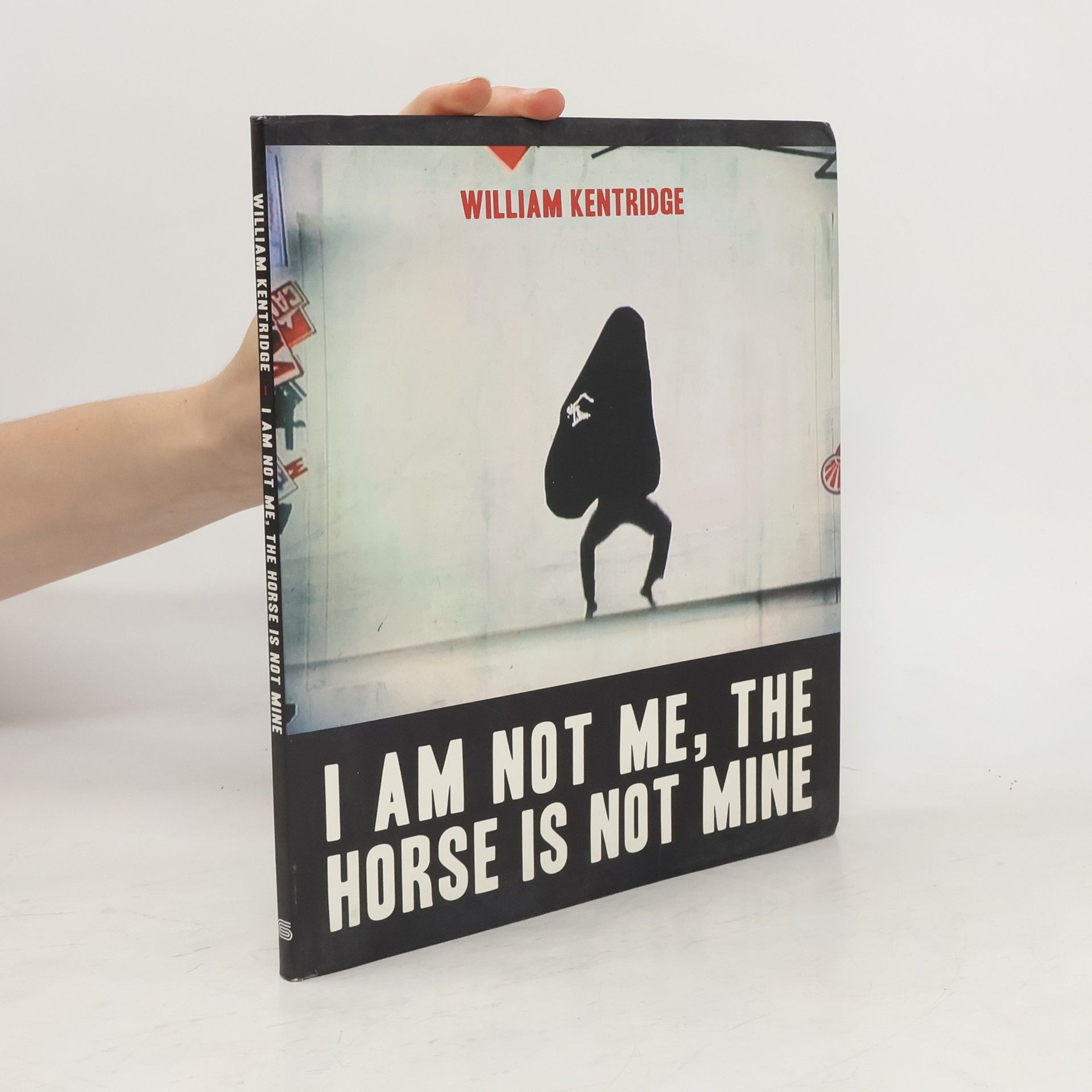William Kentridge - triumphs and laments
- 300pagine
- 11 ore di lettura
„Triumphs and Laments“ is not only a celebration of William Kentridge’s monumental frieze drawn along the banks of the Tiber River in Rome and the performance which inaugurated it, but a guide to one of his most memorable and ambitious projects. Designed with the early Baedekers in mind, this bilingual book acts as an essential component to viewing Kentridge’s erased-graffiti figures and understanding the process of their creation, with useful foldouts, a poster, and a leporello of the frieze to accompany the texts. These include a conversation between Carlos Basualdo and the artist and two essays, by Salvatore Settis and Gabriele Guercio, which explore the meaning behind the work and its resonance with the millennia-long history of the city of Rome.

